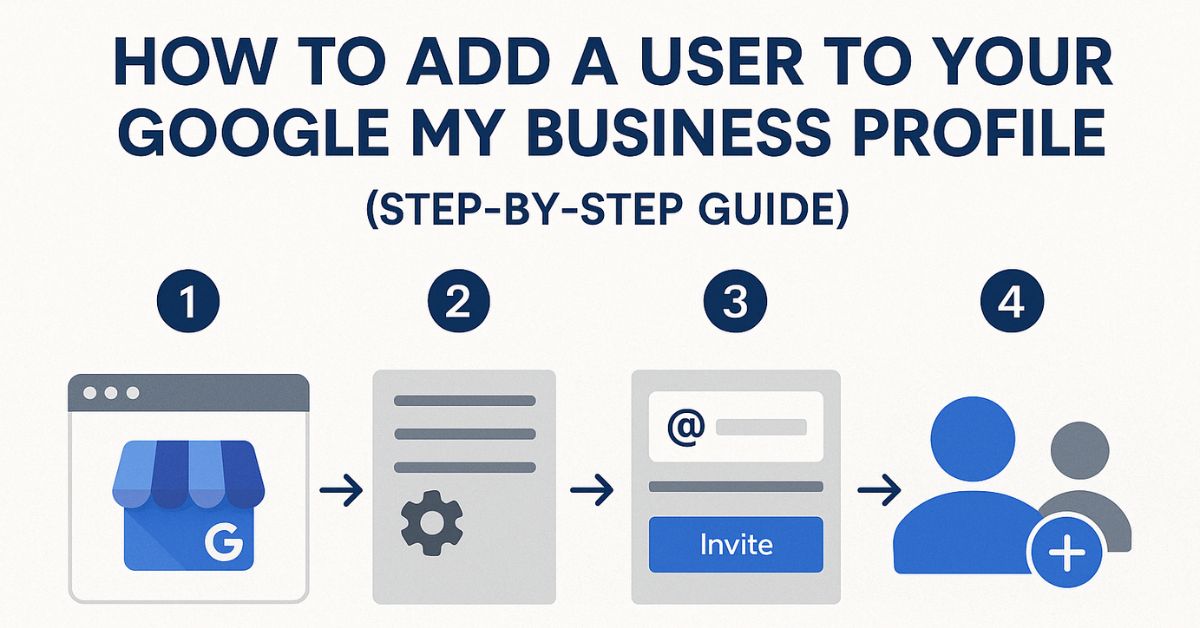
Shopify is one of the leading platforms for setting up an eCommerce business. With about 4.5 million stores worldwide and more businesses going online, Shopify is setting the standard for cost-effective custom websites in the eCommerce world.
However, merely setting up a Shopify website doesn’t cut it. You need to integrate it with a robust SEO strategy so your users land on your website, consequently adding to visits, leads, and conversions.
So, is optimising your Shopify website for SEO as easy as setting it up? Of course, within a few steps, you’ll be able to drive sales from your Shopify websites.
What Makes Shopify Good for SEO?
Shopify has been designed with SEO compatibility built-in, with some features helping your eCommerce store getting noticed on search results. Here are some reasons why Shopify is chosen over its other counterparts like Weebly for SEO:
- Generates Automatic XML Sitemaps: The good part is that you don’t have to manually generate and update XML maps for your store since Shopify does it automatically. XML sitemaps are useful for your website to get indexed on search engines like Google so your new products, collections, and blog posts are quickly discovered online.
- Meta Tag Customisation: You can customise meta titles and descriptions for each page, which is crucial for improving your CTR (click-through rates) and bringing visitors to your store.
- Fast Loading Pages: Shopify’s hosting and content delivery network (CDN) ensures that your store loads quickly, since a quick loading time, for both user satisfaction and higher search engine rankings. Slow-loading pages can add to your bounce rates and degrade your overall user experience, which won’t be a concern with Shopify.
- Clean URL Structures: Shopify comes with a clean and hierarchical URL structure, making it easier for your users and search engines to navigate your site. This clarity also helps in organising content and avoiding confusion.
- Mobile Responsive Website: With most searches happening on mobile devices, Shopify themes are designed to be mobile-friendly by default. This verifies that your store provides a seamless user experience across different devices, which is a key ranking factor for Google.
Shopify’s Limitations for SEO
There are some shortfalls of Shopify, that you may need to consider before investing in a Shopify store:
- Limited Control Over Coding: As a Shopify user, you’ll have limited control over the underlying code, meaning you can’t customise it entirely. Adding advanced SEO optimisations would be tricky, since it requires direct access to the website’s structure.
- Duplicate Content Issues: This platform’s default URL structures have been associated with duplicated content issues, mostly in cases wherein you’ve got multiple variants of the same product. You can solve this problem by using canonical tags and by specifying the preferred version of a page.
How to Optimise Your Shopify Store for SEO
Making your Shopify store optimised for SEO includes both technical and on-page aspects:
- Keyword Research: Identifying relevant keywords for your products is the first step. You can take help of tools like Google Keyword Planner or SEMRush for finding out phrases and terms so they can be further integrated into your product descriptions, titles, and blog posts for better discoverability.
- SEO Apps: You can find a variety of tools on the Shopify App Store to enhance your SEO efforts, such as SEO Manager or Plug in SEO for keyword research, meta tag optimisation, and structured data implementation.
- Content Creation: To stand out among your competitors, focus on creating high-quality, resonating content that matches user intent. Try to keep your product descriptions detailed, add customer testimonials, and other content formats to increase user trust. You can also publish blog posts to address common questions or concerns in your niche.
- Technical SEO Improvements: We’ve mentioned that Shopify has faster loading pages, but to be sure of your page speeds, you can enable browser caching. Also check for broken links and verify that your site is mobile-friendly to avoid mobile users bouncing off from your website.
Best Practices for Ongoing Shopify SEO Success
For keeping up with competition and increasing your ranking online, your Shopify store’s SEO needs to be updated with:
- Regular Website Audits: Use Google Search Console to monitor how your website is performing against your competition. Are there any technical issues putting your down or outdated content needing updating? You’d also want to keep an eye on your bounce rates and dwell time so you can make changes in time.
- Backlink Building This is a common SEO practice and needs to be done religiously for maintaining your website’s relevance. Start by building high-quality backlinks through guest posting. You could also try other avenues such as influencer collaborations and digital PR campaigns to increase your site’s authority and trustworthiness.
Start Selling on Shopify Today!
Shopify is a platform that is compatible with SEO, helping you enhance your store’s search engine visibility. Although there are some limitations, these can be dealt with a few steps and a bit of careful planning. For its cost and maintenance, Shopify does your eCommerce business justice.
Need help with setting up your Shopify store or fully utilise its SEO capabilities? As a leading SEO agency in New Zealand, We’ll be by your side. Contact us to get a free quote on Shopify SEO and get a detailed roadmap to get your website to the first page of Google.




